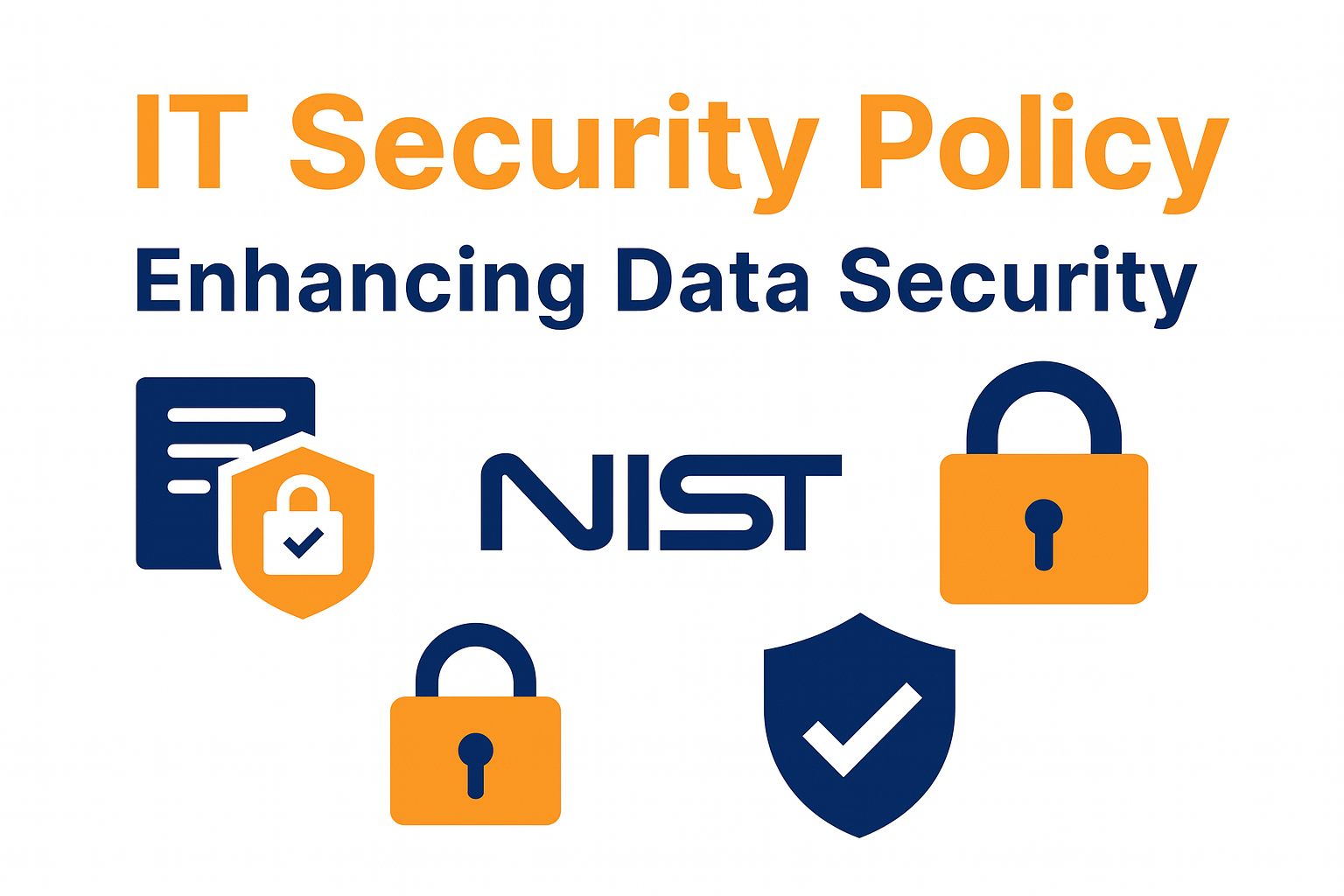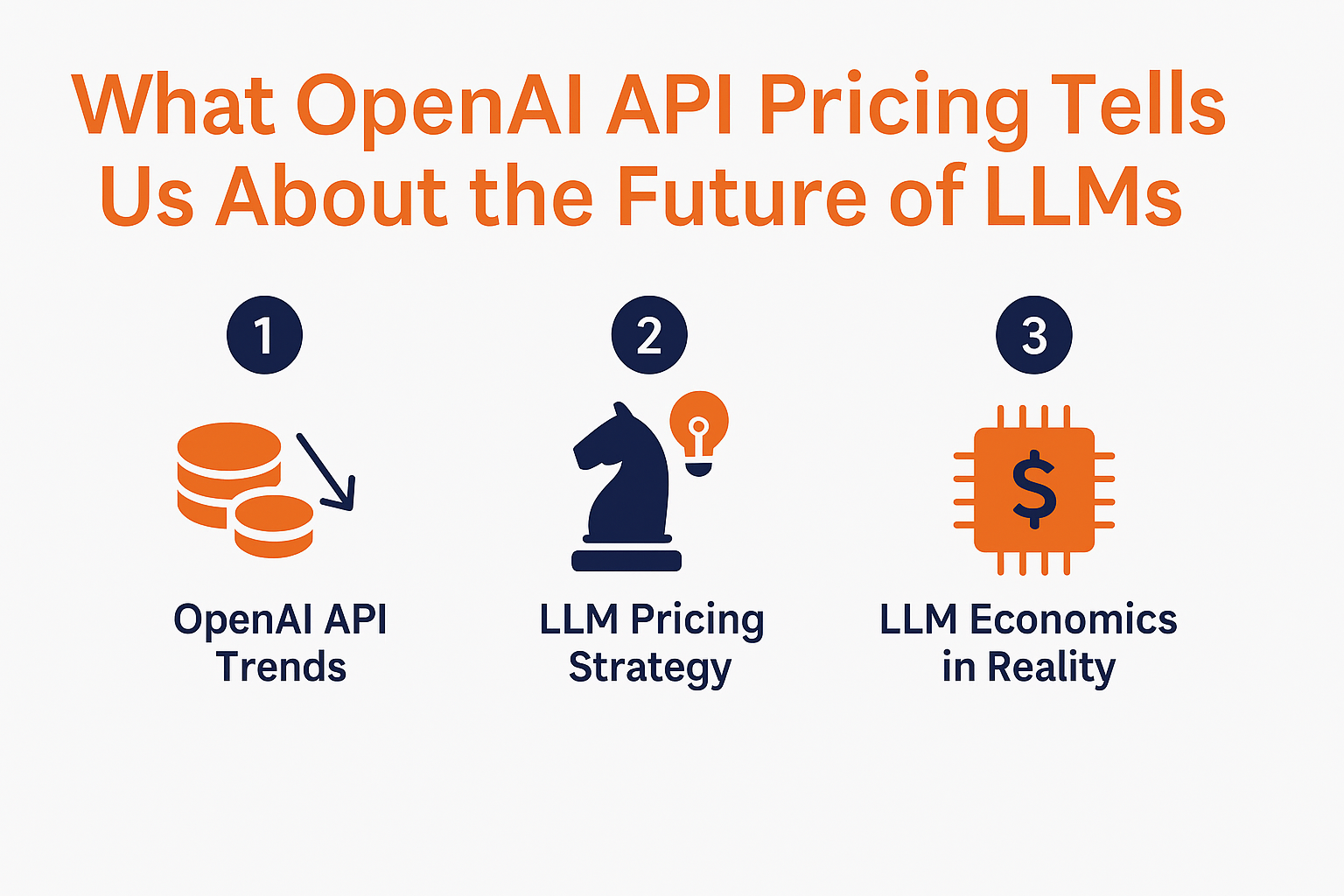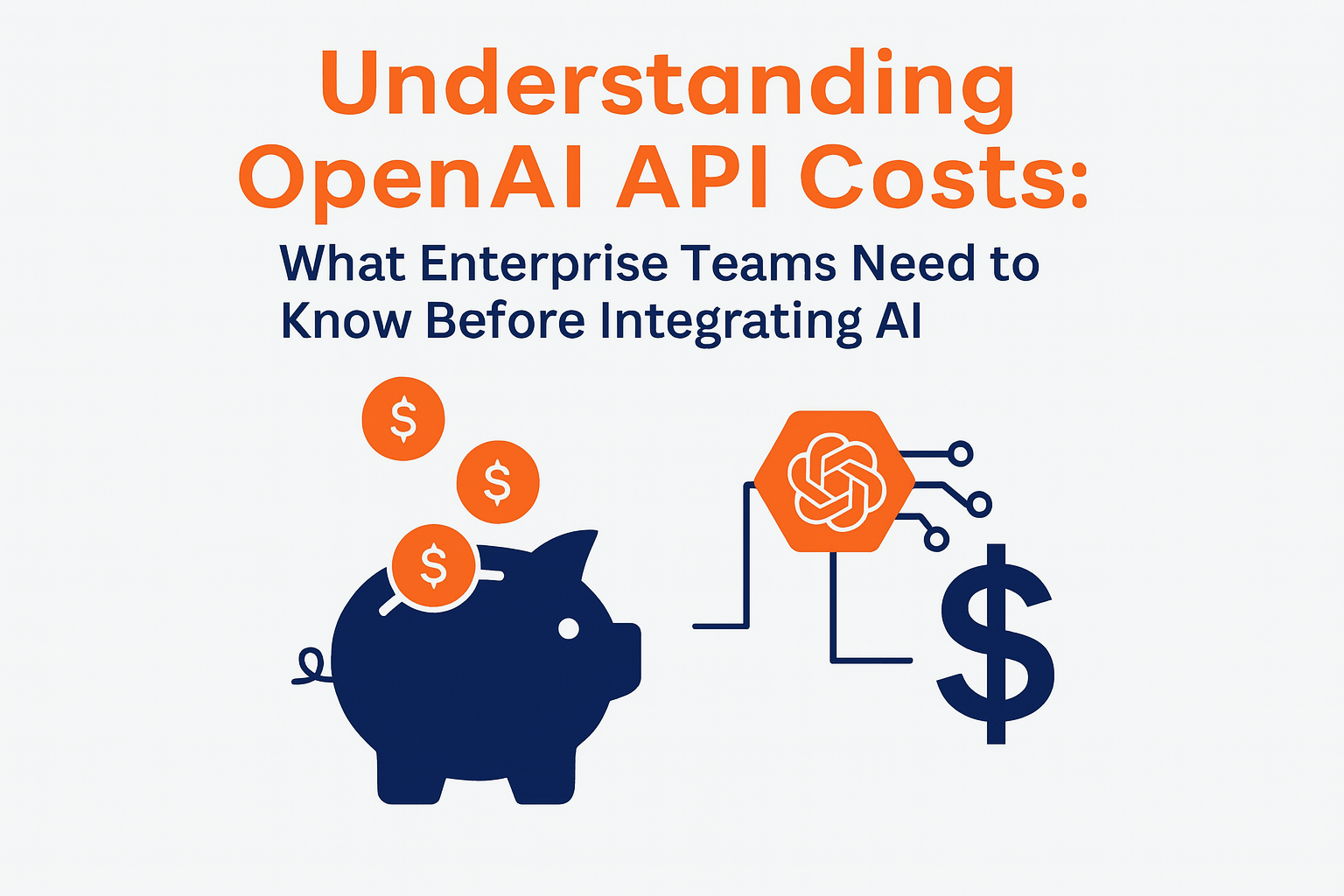July 3, 2023
Enhancing Data Security with an Effective IT Security Policy

In today’s digital landscape, data security is critical for organizations of all sizes. A well-designed IT Security Policy establishes a strong framework to protect sensitive information and mitigate cybersecurity risks. This guide covers the definition, importance, key elements, and tips for developing an effective IT Security Policy that aligns with your organization’s needs.
What is an IT Security Policy and Why Is It Important?
An IT Security Policy is a high-level document that outlines an organization’s strategy for managing and protecting its data, IT systems, and assets from evolving cybersecurity threats. According to the National Institute of Standards and Technology (NIST), an IT Security Policy supports an organization’s overall Information Management Policy by defining protective measures against potential cyber threats. For more insights into IT security frameworks, check out NIST’s guide on Cybersecurity Frameworks.
Effective policies guide employee behavior and ensure that systems are secure, reducing risks and safeguarding essential assets. A comprehensive policy defines:
- Acceptable behavior in managing IT resources,
- Access controls for sensitive data,
- Consequences for non-compliance with security protocols.
Regular updates to an IT Security Policy help organizations stay ahead of emerging threats and remain compliant with industry regulations. Learn more about keeping up with security trends on the AVM Consulting blog.
Key Reasons Your Organization Needs a Strong IT Security Policy
A comprehensive IT Security Policy does more than just protect sensitive data—it fosters trust, ensures compliance with industry standards, and enhances organizational resilience. Below are some of the most important reasons why every business needs a clearly defined security policy:
- Clarifies Roles and Responsibilities: Ensures everyone in your organization knows their role in safeguarding data and IT assets. For further reading on establishing clear responsibilities, see AVM Consulting’s IT Policy Recommendations.
- Promotes Accountability: By clearly stating expectations and consequences, employees are more likely to follow security protocols.
- Increases Employee Cybersecurity Awareness: Educates employees on best practices, reducing the risk of internal security breaches.
- Improves Threat Response: Having predefined guidelines for identifying and responding to threats enhances organizational resilience.
- Ensures Compliance with Regulations: Helps organizations stay compliant with regulations like GDPR, HIPAA, and PCI DSS, thus avoiding penalties. For more details on compliance, visit AVM Consulting’s Guide on Compliance.
Even smaller companies should prioritize developing an effective IT Security Policy. A good policy provides the foundation for a robust cybersecurity program, ensuring your organization is prepared to face today’s security challenges.
Essential Components of an Effective IT Security Policy
An IT Security Policy must align with your organization’s structure while ensuring that security measures don’t compromise productivity. Here are the key components every effective security policy should include:
- Acceptable Use: Defines the appropriate use of company systems, internet access, and social media.
- Account & Access Control Management: Outlines how to manage user accounts and control access to systems.
- Security Software & Patch Management: Ensures timely updates of security tools and patches to mitigate vulnerabilities.
- Device Security: Details security measures for both company-owned and personal devices, including mobile and workstations.
- Password Management: Guidelines for creating and maintaining strong passwords.
- Data Security & Classification: Establishes protocols for classifying and safeguarding sensitive information.
- System Monitoring & Vulnerability Assessment: Procedures for regularly auditing systems to identify vulnerabilities.
- Change Management: Steps for implementing updates or changes to systems and applications.
- Remote Access: Best practices for securely accessing company resources from remote locations.
- Incident Response, Disaster Recovery & Business Continuity Plans: Strategies for addressing security incidents and ensuring continuity during disasters.
A detailed policy covering these areas provides comprehensive protection for your organization’s IT assets.
Best Practices for Writing an Effective IT Security Policy
Creating a well-structured IT Security Policy requires more than just technical knowledge. Here are some tips to ensure your policy is both effective and easy to follow:
- Align with Organizational Goals: Your IT security policy should support your organization’s mission and address key concerns from senior management. Learn more about aligning security policies with business objectives from AVM Consulting.
- Ensure Enforceability: Make sure your policy is enforceable across all levels of the organization. Consistent enforcement promotes compliance and trust.
- Define Policy Exceptions: Clearly outline how exceptions to the policy should be handled, ensuring transparency and management oversight.
- Use Clear and Accessible Language: Write in simple, concise terms. Avoid overly technical jargon to promote understanding and compliance among employees.
By following these best practices, you can craft an IT Security Policy that not only protects your organization but also fosters a culture of security awareness and accountability.
Conclusion
Developing and maintaining a comprehensive IT Security Policy is critical for any organization looking to protect its data, systems, and resources from cybersecurity threats. Whether you’re a small business or a large enterprise, ensuring compliance, promoting accountability, and aligning with your organizational goals are all key elements of an effective IT Security Policy.For expert guidance on developing and implementing IT Security Policies, explore the resources offered by AVM Consulting to ensure your organization stays protected.

More News







